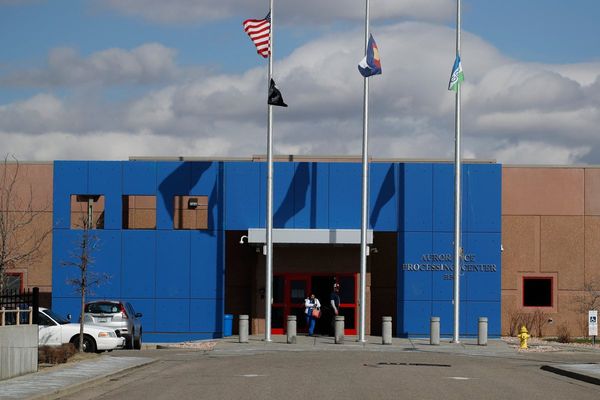
A newly published study suggests that the siege laid by the Roman army to the Judean desert fortress of Masada in 73 CE lasted no more than a few weeks, contrary to the long-held belief that the siege against a band of Jewish rebels lasted three years.
The Tel Aviv University (TAU) study utilized a range of modern technologies, including drones with remote sensors and 3D digital modeling to generate the first objective, quantified analysis of the elements involved in the siege.
The technology allowed the researchers to generate high-resolution measurements of the height, width, and length of all features of the Roman army’s siege system, which included eight camps and a stone wall surrounding most of the site.
The scientists then built an accurate 3D model based on the data, enabling them to generate an exact calculation of the structures’ volume and how long it took to build them.
“We know that approximately 6,000 to 8,000 soldiers participated in the siege of Masada, and reliable estimates point to the quantity of earth and stones a Roman soldier was able to move in one day,” said Hai Ashkenazi, head of the geoinformatics department at the Israel Antiquities Authority (IAA), who participated in the study.
The researchers concluded that the construction of the siege system took about two weeks.
“Once the assault ramp was completed, the Romans launched a brutal attack, ultimately capturing the fortress within a few weeks at the most. This leads us to the conclusion that the entire siege of Masada lasted no more than several weeks,” added Ashkenazi.
The study was conducted by the Neustadter Masada Expedition from TAU’s Sonia & Marco Nadler Institute of Archaeology, and headed by Guy Stiebel.
“The Romans came, saw, and conquered, quickly and brutally quelling the uprising in this remote location,” added Stiebel.
PhD candidates Boaz Gross from the Israeli Institute of Archaeology, and Omer Ze’evi-Berger from University of Bonn also took part in the research.
The findings were recently published in the Journal of Roman Archaeology.
The siege of Masada marked the final events of the First Jewish-Roman War.
According to the writings of Roman–Jewish historian Flavius Josephus, or Yosef ben Mattityahu, nearly 1,000 Jewish warriors and family members committed mass suicide to avoid capture by the Roman army following what was believed to have been the three-year siege.
The myth of the siege has become an integral part of Israeli culture, with Masada becoming a national park and one of the most visited tourist attractions in the country.
Stiebel said the study’s findings should not detract from “the importance of this historical event.”
“The narrative of Masada, the Great Jewish Revolt, the siege, and the tragic end as related by Flavius Josephus, have all become part of Israeli DNA and the Zionist ethos, and are well known around the world,” he said.
“Still, many baffling questions remain to be investigated. For example: Why did the Romans put so much effort into seizing this remote and seemingly unimportant fortress? What really happened at Masada?”
Produced in association with ISRAEL21c







